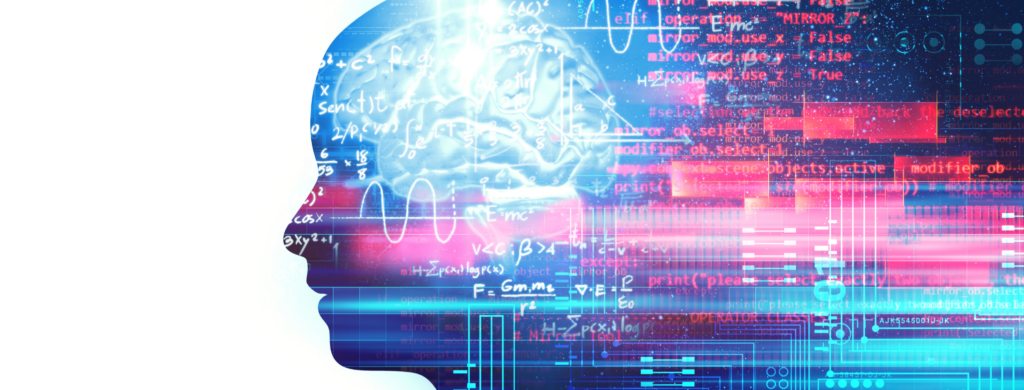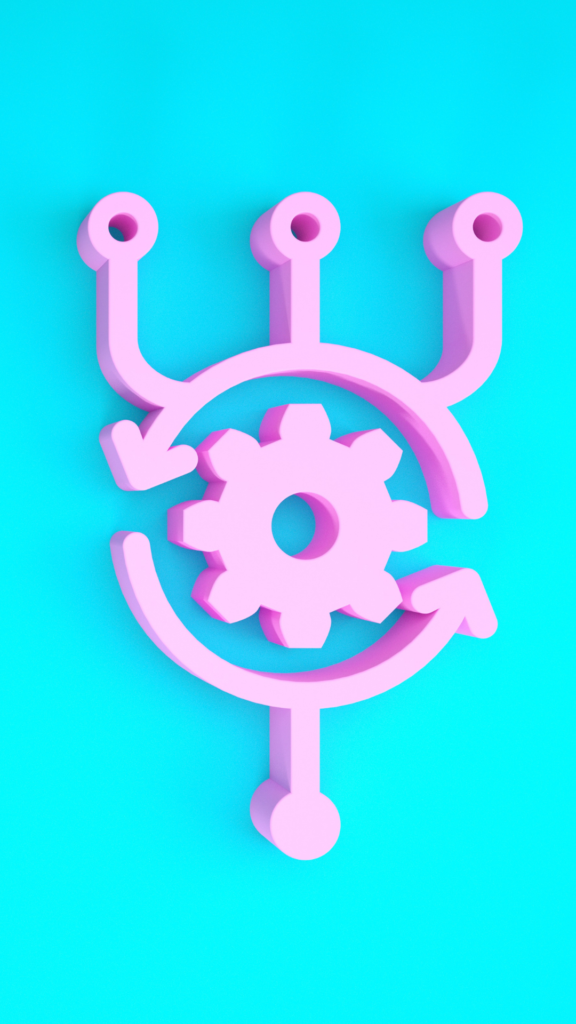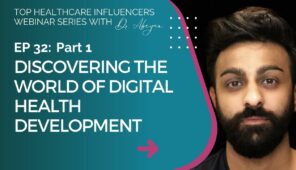A Beginners’ Guide to Machine Learning in Healthcare
Are you interested in Machine Learning in Healthcare but don’t know where to start? If so, this article will give you a brief overview of what Machine Learning is, how it is used in healthcare and how to learn more!

Machine learning in healthcare has been part of a wider digital transformation of healthcare. Machine learning algorithms have become much more commonly employed in the healthcare field over the past 10 years or so. They have contributed to the development of computer-based applications to support and improve the processes of diagnosis, treatment, innovation, information management and medical supplies, to name but a few.
What is Machine Learning and how is it related to Artificial Intelligence (AI)?
You will probably have heard the terms Machine Learning and Artificial Intelligence (AI) applied to healthcare, but it can be difficult to know the current relevance and its application in healthcare.
To begin with, the term AI is a bit of a misnomer. There is no such thing, as yet, as completely autonomous artificial intelligence. At the moment, programmed algorithms need to have some form of data inputted into them to be able to ‘learn’ and improve (or ‘train’). Machine Learning is actually a branch of AI; another branch is robotics (see Wikipedia for a full list of branches by approach and application).

How does Machine Learning work?
In Machine Learning, algorithms are constructed using computer programming languages in order to process data. This is done with a particular goal in mind.

An example in healthcare would be to classify skin lesions as either benign or malignant. In order to be able to do this, the machine learning algorithm needs to be fed quantities of data, images of skin lesions in this case, and it needs to be told whether the lesion is benign or malignant.
So, the machine learning algorithm starts from a place of little ‘knowledge’ and, through the processing of data fed to it, becomes knowledgeable (within the bounds of statistical probability). In the particular example above, the aim of the algorithm would be to classify a skin lesion in a new image as benign or malignant.
There are many different types of algorithms; the type chosen by the programmer will depend on the problem that needs to be addressed. The algorithm used in the example above would be a classification algorithm; it classifies the image as containing either a benign or a malignant skin lesion.
Is a Machine Learning algorithm always correct?
In the same way that a screening test has a sensitivity and specificity to the disease it is being used to screen for, a machine learning algorithm has a sensitivity and specificity for its classification of new images, or other forms of data. So in short, no, the algorithm is not always correct.
The quality and effectiveness of an algorithm depends both on the quality of the computer code of which it comprises and also the quality and quantity of the data that the algorithm learns from.
There are several variables in this regard such as the amount and range of data, and whether the algorithm fits the purpose for which it was made (i.e. does it have validity). An algorithm is really a model and the programmer tries to create the best possible model for examining the real world problem.
How is Machine Learning being used in Healthcare?
Here are some fields of healthcare in which Machine Learning algorithms are being developed and applied:
Diagnostics:

Innovation:

How about the ethics around Machine Learning in Healthcare?
As mentioned above, the quality and effectiveness of a machine learning algorithm depends both on the quality of the algorithm itself and on the amount and quality of the data inputted into the algorithm. This raises ethical questions over the use of personal data, which we have all become more familiar with in relation to technology over the past few years.
There are also concerns within the profession about whether such algorithms would be used to replace doctors and other healthcare workers. This is not a new concern: it is very similar to the anxiety around automation that occurred in the industrial revolution. There is some basis to this anxiety of course but, using the industrial revolution as an equivalent historical example, it’s likely that medical jobs will change rather than disappear. Whether or not this is for the better overall is a topic for debate.

How can I learn more about Machine Learning in Healthcare?
If you want to study Machine Learning in depth, and are willing to learn some basic computer coding first (if you don’t already know some), then Stanford University does a great online Machine Learning course which you can access via Coursera.
If you already have some technical knowledge of AI and machine learning algorithms, there is an AI for Medical Diagnostics course on Coursera which can take you further.
For an even more in depth learning experience, consider a masters level qualification such as the MSc in Health Data Analytics and Machine Learning at Imperial College London.
I hope this article has given you a useful overview of Machine Learning in healthcare, and how to take your interest further!
If you’re interested in a career in healthcare technology, check out our Medic Footprints Health Tech career guide.
For a slightly different, but very topical, angle on the use of technology in healthcare, take a look at our article on Augmented and Virtual Reality Technology amidst the COVID-19 pandemic.
Laura Allison
Latest posts by Laura Allison (see all)
- The fundamentals for a Career in Health Tech for Doctors - 3rd September 2024
- A Beginners’ Guide to Machine Learning in Healthcare - 18th November 2020
- 5 ways to connect with nature for wellbeing - 30th May 2020




